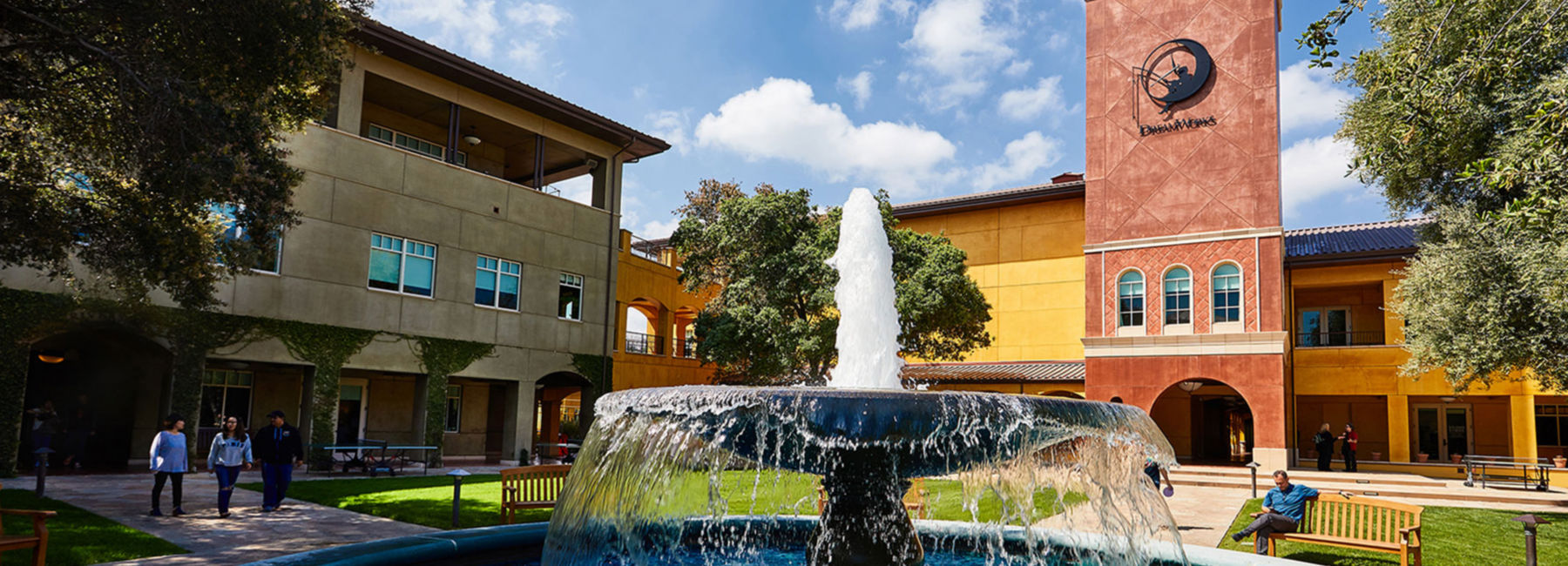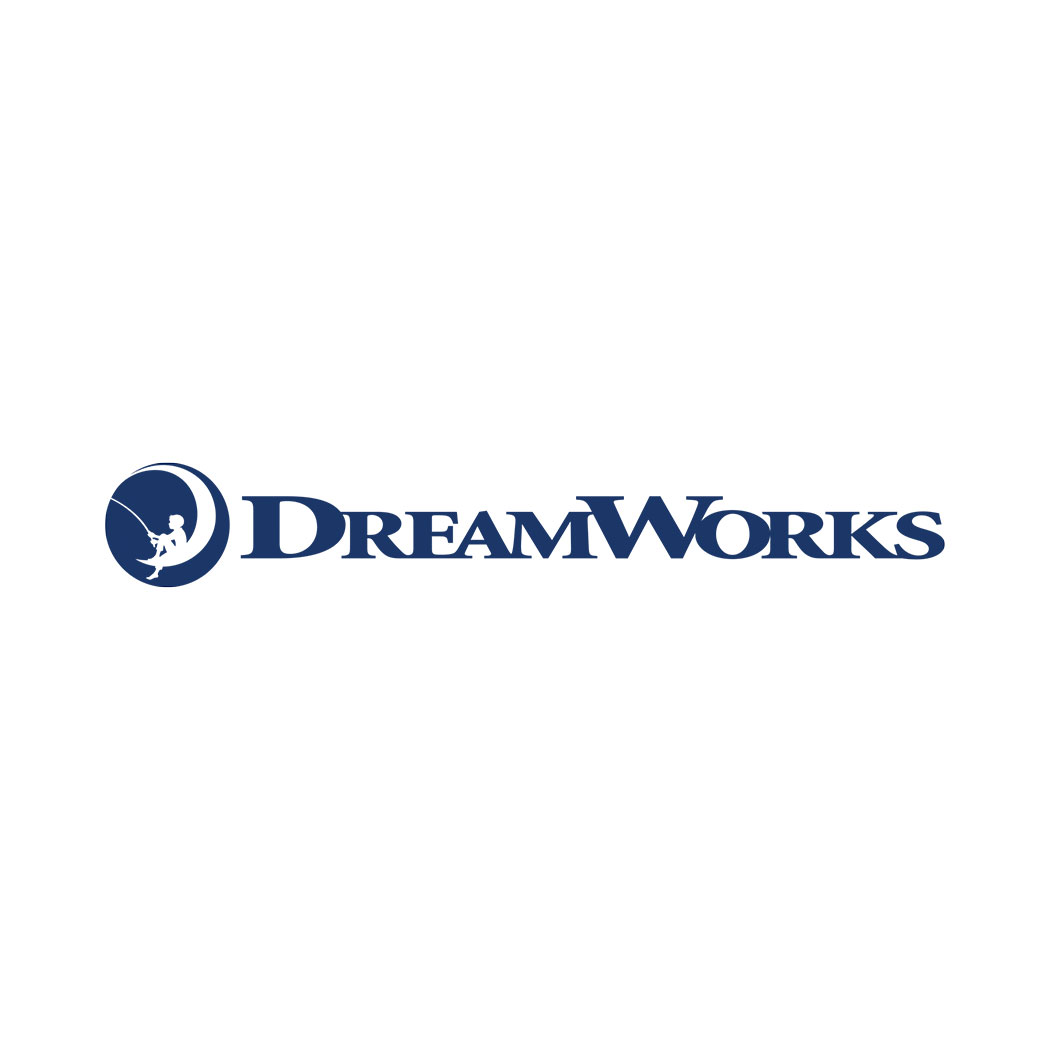Unconventional heroes and remarkable journeys drive many of the stories told by DreamWorks Animation (DWA), one of the world’s best-known animation studios. Located in Glendale, California, the company’s artists, animators and technologists produce hundreds of hours of movie, television and theme park content each year, including titles you not only recognize, but can quote, such as Shrek, Madagascar, Kung-Fu Panda, How to Train Your Dragon and Trolls.
Meeting demands for content and computing power
Today, DWA is pursuing a remarkable journey of its own. Smart devices, mobility and consumer demand for great stories are driving demand for more content, which means DWA is busier than ever. Meeting that demand creates a corresponding need to scale compute power and storage and to provide that capability to artists who may be working remotely.
The scale required is intense, as just one scene in a DWA film contains up to 1.5 million digital files. The 2020 film Trolls World Tour required over a petabyte of data storage — plus backup. And processing those files is computationally intense. A modern computer-generated animation (CGA) movie consumes as many as 200 million hours to render the high-fidelity animation its productions are famous for.
Content teams now require specialized facilities equipped with the high-powered workstations, compute and storage needed to produce ultra-high-resolution animation and special effects. To increase production capabilities for a growing demand of content, DWA is leveraging advances in technology along with enhancing content creation workflows. Finding the balance between on-premises and cloud resources is central to the studio's ability to scale.
As Jeff Wike, DWA’s chief technology officer, explains, “Building a data center to peak scale may not make economic sense. Different types of projects stop and start. They have different end times and schedules. So much of the time, the capacity you build would be underutilized,” says Wike.
In addition to adding scale, DWA also sought to add flexibility to its production process, ensuring their artists can access data when and how they need. Enabling artists to effectively use remote desktop access and virtual compute and storage would transform the creation process.
Navigating the hybrid cloud journey
Working with DXC Technology, DWA continued to evolve its Linux-based data center environment through virtualization and microservices, site reliability engineering (SRE), IT security design and penetration testing — advancing its plans to move to a modern, more agile operating model.
"We adopted an approach that enabled us to run our own data center as a cloud in order to provide seamless transition between available resources, putting us on a true hybrid cloud path."
Jeff Wike Chief Technology Officer, DreamWorks Animation
DWA began testing on public cloud environments and incorporated a cloud-native approach to their on-premises data center. “We adopted an approach that enabled us to run our own data center as a cloud in order to provide seamless transition between available resources, putting us on a true hybrid cloud path,” Wike says.
To succeed, DWA recognized that it needed to draw upon expertise outside its own ranks. “Technologies like cloud computing, storage, remote workstation access and microservice development are all advancing so rapidly, we knew that it would take too long to grow that expertise internally,” Wike says. “DXC brings expertise and best practices in cloud architecture to help us take full advantage of cloud hyperscaler functionality.”
Innovating the digital content pipeline
Together, DWA and DXC are building core components of the company’s vision for distributed content production.
“Our partnership with DXC is focused on scaling our production capabilities, particularly digital resources, which gives us added capacity to take on new projects,” says Kate Swanborg, DWA’s senior vice president for Technology Communications and Strategic Alliances.
One project had DXC conduct a thorough investigation into virtual desktop infrastructure (VDI) environments. DXC initiated a process review of DWA’s read requirements to establish best practices for the workflows, graphics, input devices, and color and sound requirements of each artistic department. The animation creation process demands high fidelity, low latency and sound synchronization not needed in typical remote workforce desktop access.
Working directly with artists, the DXC team experimented with configurations until the optimal solution and key parameters for peak remote performance were identified and optimized to create an in-studio work experience. After thorough investigation, DXC determined that the studio’s use of HP’s ZCentral Remote Boost was the optimal and best suited to support their remote capabilities, along with a list of additional features that would support DWA’s future cloud workflows.
“One of the key components in our engagement was that DXC brought in experts to gain a deep understanding of how we work. Matching the understanding of our unique requirements with the expertise and experience provided by DXC has ensured that outcomes really work for us in our environment,” says Wike.
That collaboration also highlighted ways to improve overall user experience. For example, DreamWorks is leveraging the UX/UI expertise of argodesign, a DXC-owned production design company, to create interfaces for a software suite that helps animation artists and technical directors manage the millions of digital assets in film productions.
“Our partnership with DXC is focused on scaling our production capabilities, particularly digital resources, which gives us added capacity to take on new projects."
Kate Swanborg Senior Vice President for Technology Communications and Strategic Alliances, DreamWorks Animation
Keeping mission-critical work running
Business continuity was always one of the benefits of expanding into a virtual working environment. But, Wike recalls, no one at the time realized how important it would be.
“Being in Southern California, we were always thinking about the potential disruption of an earthquake,” he says. “We weren’t focused on a pandemic.”
The VDI review helped to inform part of DWA’s overarching hybrid IT and cloud computing strategy. While the COVID-19 circumstances were not the inspiration for the evaluation, thanks in part to the assessment work conducted with DXC, DreamWorks was well-positioned to pivot into remote workflows and use of HP’s ZCentral.
In mid-March 2020, the importance of a robust continuity plan became readily apparent. Wide-scale shutdowns and stay-at-home orders meant many studios would need to halt work. That’s when business continuity became more than a contingency, Wike says.
“Business continuity moved all the way to the top in about 2 days. All the groundwork we did with DXC and the expertise that they brought in helped us pivot quickly,” he says. “Our artists were up and running within a few days and we are hitting all of our film production milestones.”
“All the groundwork we did with DXC and the expertise that they brought in helped us pivot quickly into a remote-capable environment.”
Jeff Wike Chief Technology Officer, DreamWorks Animation
Close collaboration
To succeed, DWA realized that artists must embrace new digital solutions and workflows. For example, the team spent a lot of time experimenting with solutions to synchronize the audio with the animation to a high degree of accuracy. “Close enough doesn’t work for us,” Wike says.
“DXC understands how we work. They’re part of that integrated team,” he says. “It’s often not clear if I’m working with a DreamWorks engineer or a DXC engineer because we’re all one team.”
Swanborg agrees, adding that the partnership with DXC is helping the company manage its current remote workflow challenges while working toward its future vision of a distributed development pipeline.
“Partnering with DXC led us to have confidence in our abilities to shift our work and our ways of working much more quickly and with increased speed and confidence,” Swanborg says. “What we’re doing together is about future-proofing our infrastructure and our data workflows in a way that will give us the opportunity to be flexible and agile.”

